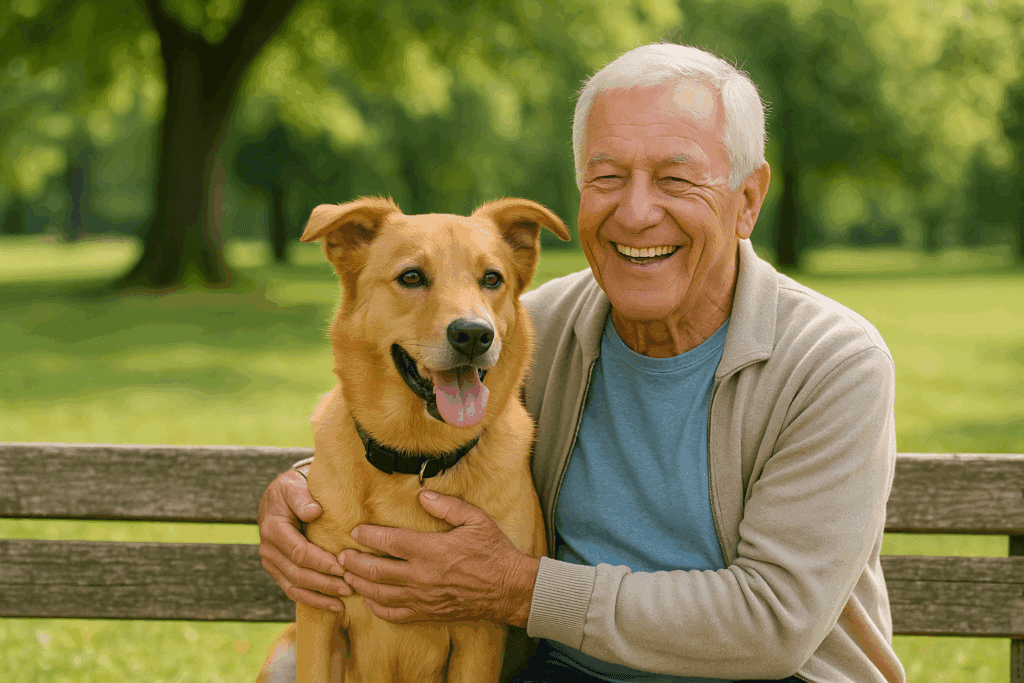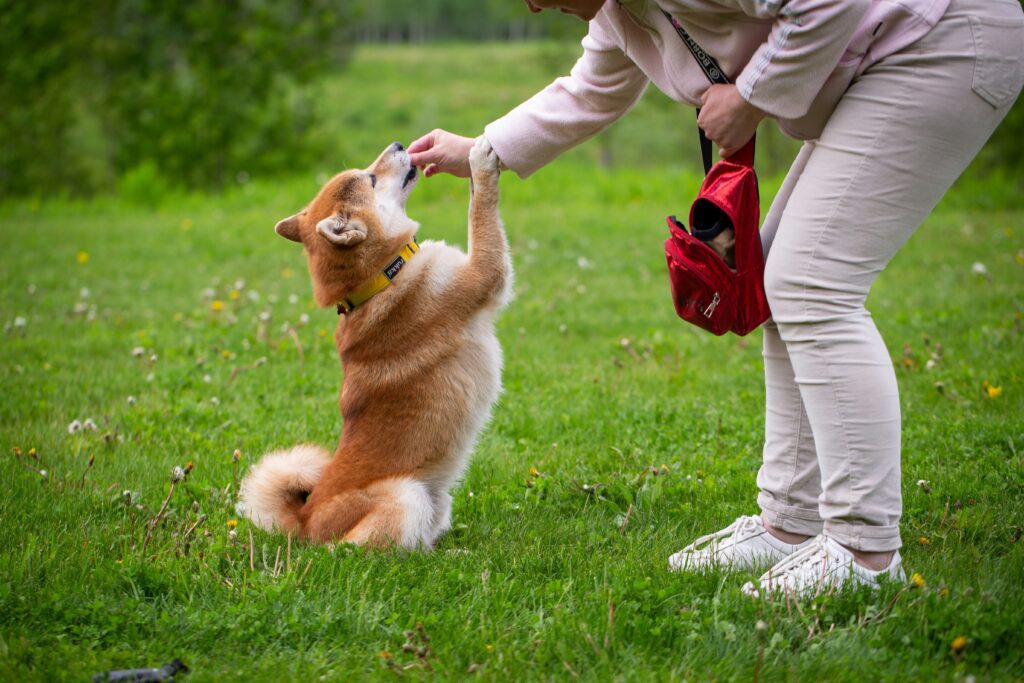Retirement brings freedom. For many people over 60, it’s the first real chance to slow down, breathe, and finally make room for things they quietly wanted but couldn’t fit into their busy lives. Travel. Hobbies. Long mornings. And for more people than ever, something deeply personal: getting a dog.
For years, raising children, demanding careers, and packed schedules made dog ownership feel out of reach. But now, with time and flexibility on their side, many retirees are embracing what dog trainer Mario Capelli calls the second-chance dog dream.
“It’s not just about getting a pet,” Capelli explains. “For many of my older clients, it’s about allowing themselves to finally say yes to something they’ve waited a long time for.”
“You’re not just adopting a dog. You’re building something together. And that’s what makes it so special .”
— Mario Capelli, Dog Trainer
A New Kind of Relationship
Capelli, who works with older adults through Puppyguyz, sees a familiar pattern in the retirees he helps: excitement mixed with hesitation. Many have never trained a dog before, or they last had a dog decades ago when their children were young. Now they wonder, quietly, if they’re too old to take this on.
“People worry about their energy level, or if they’ll be able to handle training,” Capelli says. “But dogs don’t care how old you are. They care that you’re clear, calm, and consistent. And older adults often bring exactly that to the table.”
Unlike younger dog owners balancing work, commutes, and family obligations, retirees have something powerful on their side: time. They have space in their days for morning walks, quiet training sessions, and simple companionship that fits naturally into their new daily rhythm.

The Benefits Go Both Ways
Bringing a dog into retirement offers far more than companionship. Dogs add gentle structure to each day: feeding times, walks, play sessions, and relaxed evenings together. These routines become an anchor during a time of life when schedules can otherwise feel wide open.
The health benefits are real too. According to the Journal of Physical Activity and Health, dog owners walk an average of 22 extra minutes a day compared to non-dog owners, contributing to improved mobility and cardiovascular health. The University of Michigan National Poll on Healthy Aging reports that over one-third of older adults say their pets help them cope with physical and emotional changes in this stage of life.
But beyond physical well-being, Capelli says, many seniors simply find new confidence and purpose through the simple act of caring for and bonding with their dog. “It’s not just about what the dog gets. It’s about what it gives back.”

Don't worry about training
One of the biggest fears Capelli hears is whether a new dog — especially an energetic puppy or rescue — can be trained. But his answer is always the same: yes, absolutely.
“Training doesn’t have to be long or exhausting,” Capelli explains. “Five or ten minutes of consistent practice every day is more than enough, especially for new dog owners. What matters most is repetition, routine, and positive reinforcement.”
Rather than rushing through commands or expecting instant results, retirees often find that they enjoy the slow, steady pace of building trust with their dog. They aren’t rushing out the door to work or juggling a packed schedule. Instead, they get to savor the process, one small success at a time.
The Right Dog Makes All the Difference
Capelli also emphasizes that successful dog ownership at any age begins with choosing the right match. Not every breed requires long hikes or hours of high-energy play. Many dogs are perfectly content with short walks, mental stimulation through puzzle toys, and plenty of time curled up next to their owner.
That’s where programs like Puppyguyz play an important role, helping seniors find dogs that fit their lifestyle, energy level, and comfort. With the right pairing, both dog and owner thrive.
A New Chapter, Shared Together
In many ways, bringing a dog into retirement isn’t just about adopting a pet. It’s about choosing to invest in a relationship, build new routines, and open up space for connection — both with the dog and often with others as well. Walks lead to conversations with neighbors. Training classes introduce new friendships. Even casual dog park visits can build a small, steady sense of community.
“You’re not just adopting a dog,” Capelli says. “You’re building something together and that’s what makes this so special.”




